A Design Element Typically Forgotten (Plant Utility)
loctan
10 years ago
Related Stories
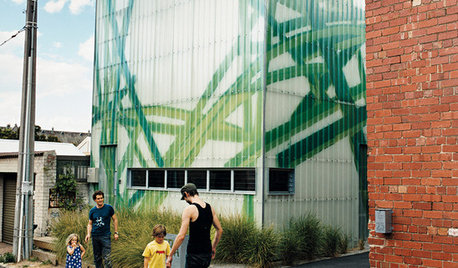
ARCHITECTURESuperb Family Homes Pop Up in Forgotten Urban Spaces
Take a look at how these innovative houses take advantage of underused spaces and improve their cities in the process
Full Story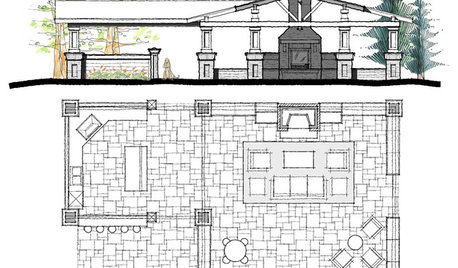
LANDSCAPE DESIGNClimate Control: Work With Nature's Elements for the Best Outdoor Space
Consider sun, wind and water where you live for a deck or patio that's as comfortable as possible all year long
Full Story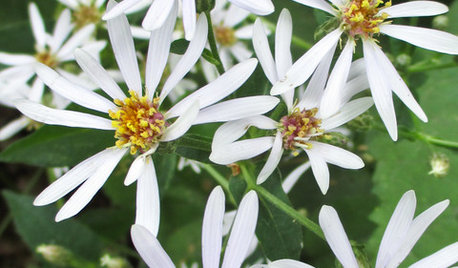
GARDENING GUIDESGreat Design Plant: Eurybia Macrophylla Fills a Void
Plant bigleaf aster in late fall for late-summer color in the shade garden
Full Story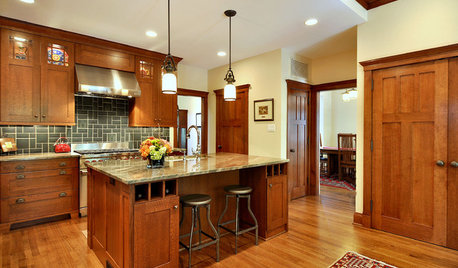
KITCHEN DESIGNKitchen Workbook: 8 Elements of a Craftsman Kitchen
Craftsman-style kitchen design focuses on the beauty of function and natural materials. Could this be the look for you?
Full Story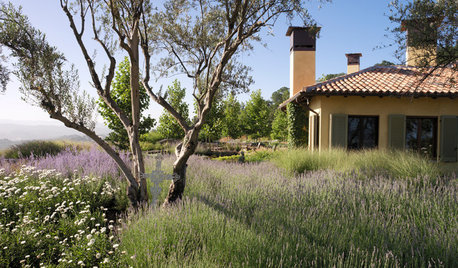
LANDSCAPE DESIGN8 Elements of Mediterranean Garden Style
Opt for olives and take up with tile. Mild-climate gardens everywhere can benefit from the features of their Mediterranean cousins
Full Story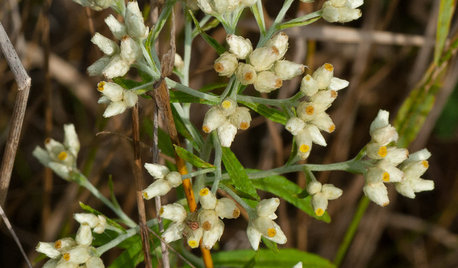
GARDENING GUIDESGreat Design Plant: Pseudognaphalium Obtusifolium, or Rabbit Tobacco
This late-blooming native annual, also known as sweet everlasting, adds spontaneity to landscapes in the eastern United States
Full Story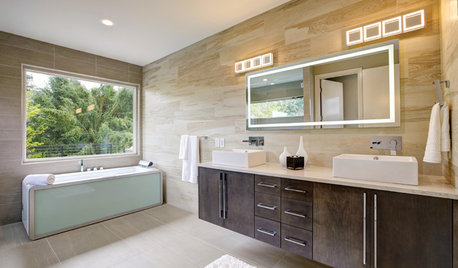
BATHROOM DESIGN8 Elements of Contemporary-Style Bathrooms
Does a sharp, clean and uncluttered bathroom sound good to you? If so, a contemporary design could be the key
Full Story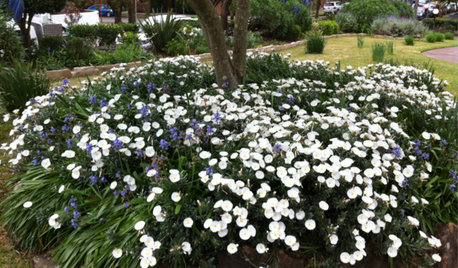
GARDENING GUIDESGreat Design Plant: Convolvulus Cneorum
Bush morning glory’s silvery foliage is transformed every day as pinkish buds open to reveal white flowers
Full Story
EARTH DAYThe Case for Losing the Traditional Lawn
Work less, help the environment and foster connections by just saying no to typical turf
Full Story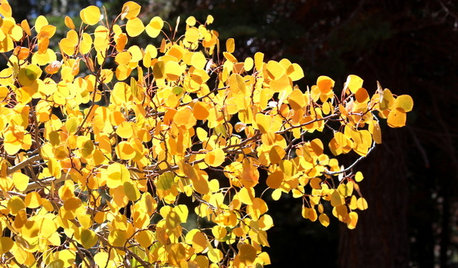
LANDSCAPE DESIGNGreat Design Plant: Quaking Aspen for 3-Season Beauty — on Its Own Turf
It offers bright fall foliage, snowy winter bark and lush green leaves in summer. Just don't try to plant quaking aspen away from its home
Full StorySponsored
Columbus Design-Build, Kitchen & Bath Remodeling, Historic Renovations
More Discussions






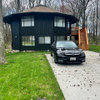

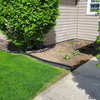

marcinde
Yardvaark
Related Professionals
New Bedford Landscape Architects & Landscape Designers · Arnold Landscape Architects & Landscape Designers · Ferndale Landscape Architects & Landscape Designers · Canton Landscape Contractors · North Canton Landscape Contractors · North Highlands Landscape Contractors · North Ridgeville Landscape Contractors · Wareham Landscape Contractors · West Orange Landscape Contractors · Coronado Decks, Patios & Outdoor Enclosures · Detroit Decks, Patios & Outdoor Enclosures · Fullerton Decks, Patios & Outdoor Enclosures · West Palm Beach Decks, Patios & Outdoor Enclosures · Dent Stone, Pavers & Concrete · West Puente Valley Swimming Pool Builderscatkim
gyr_falcon
Yardvaark
bahia
TxMarti